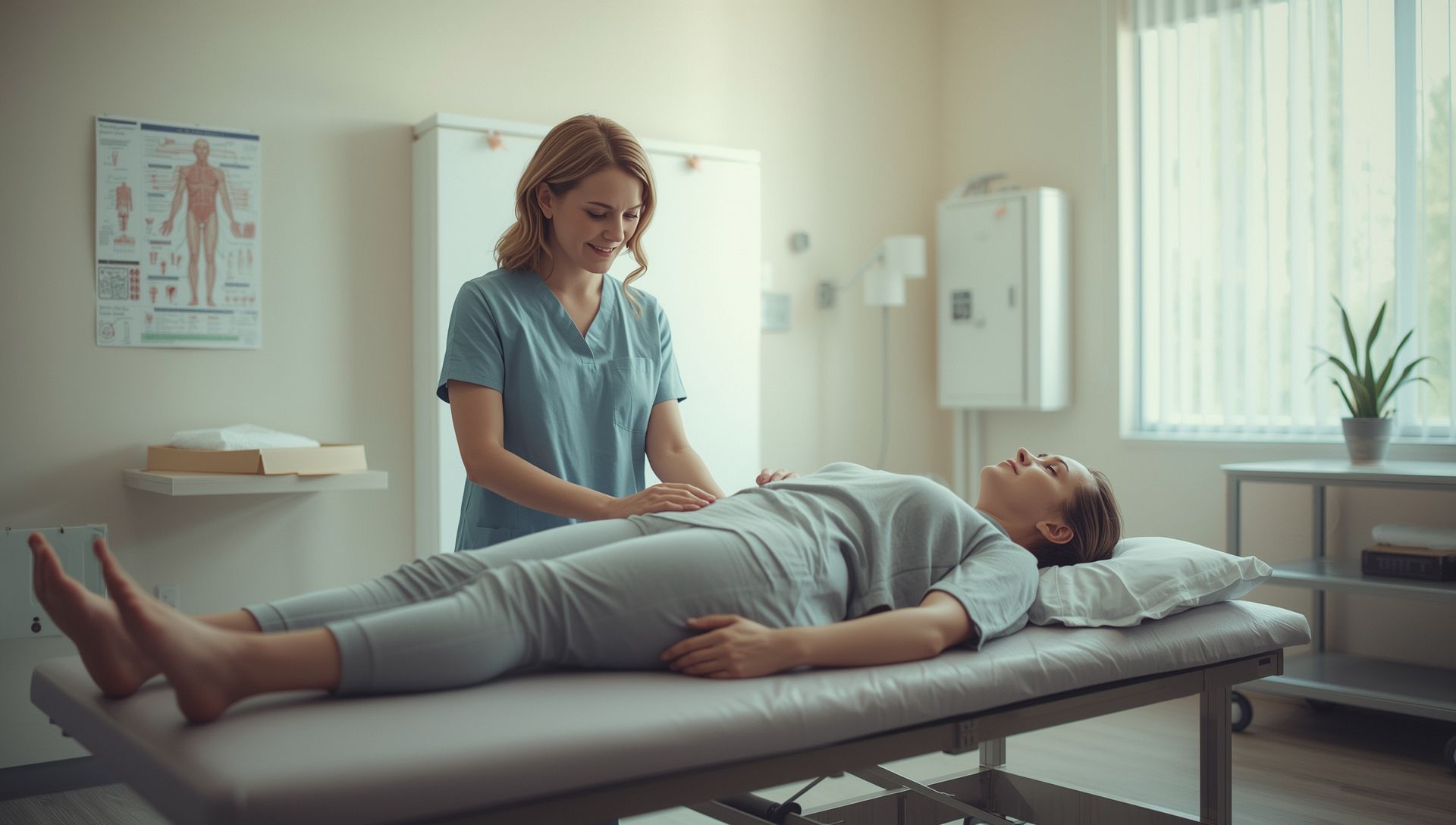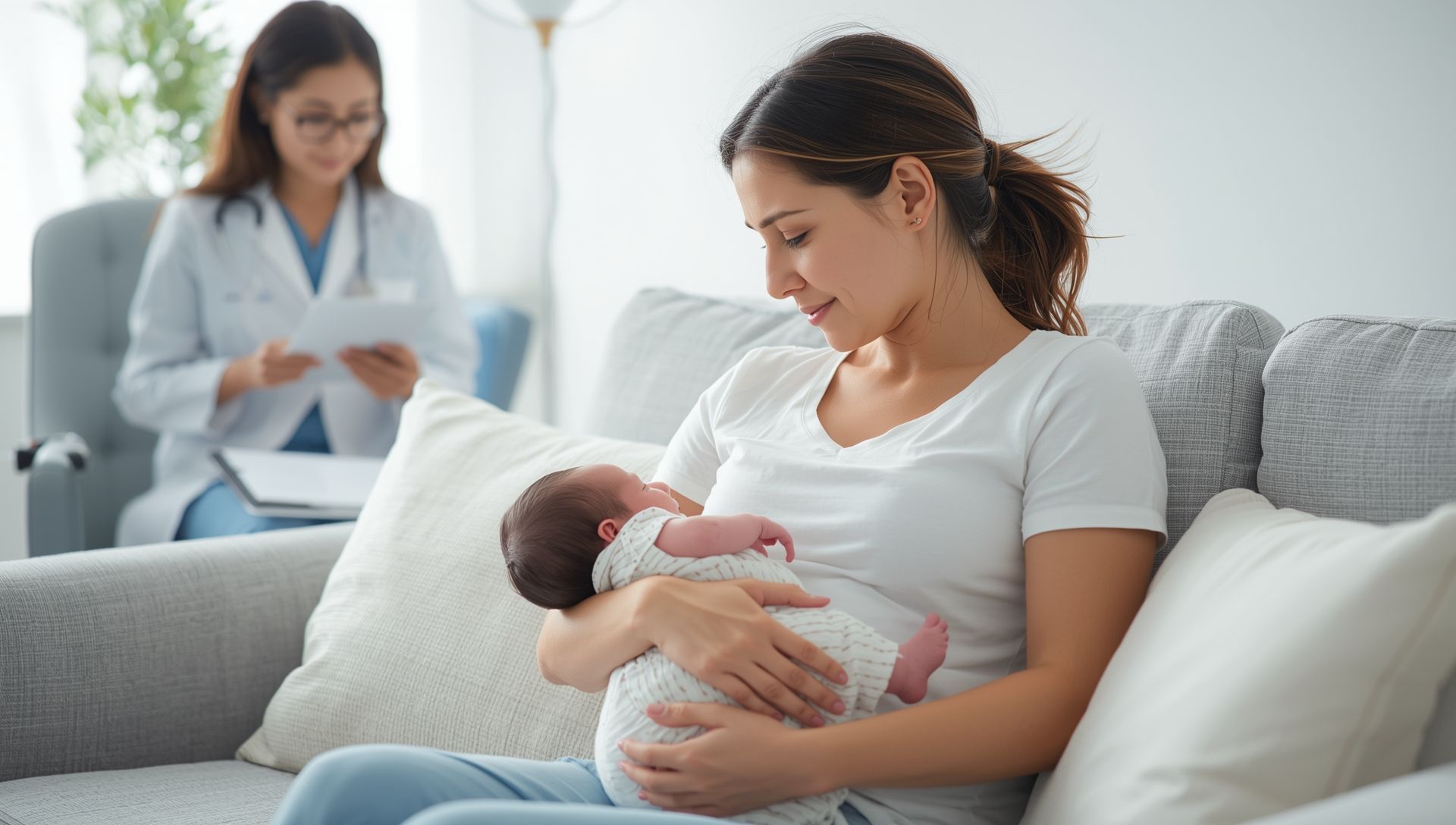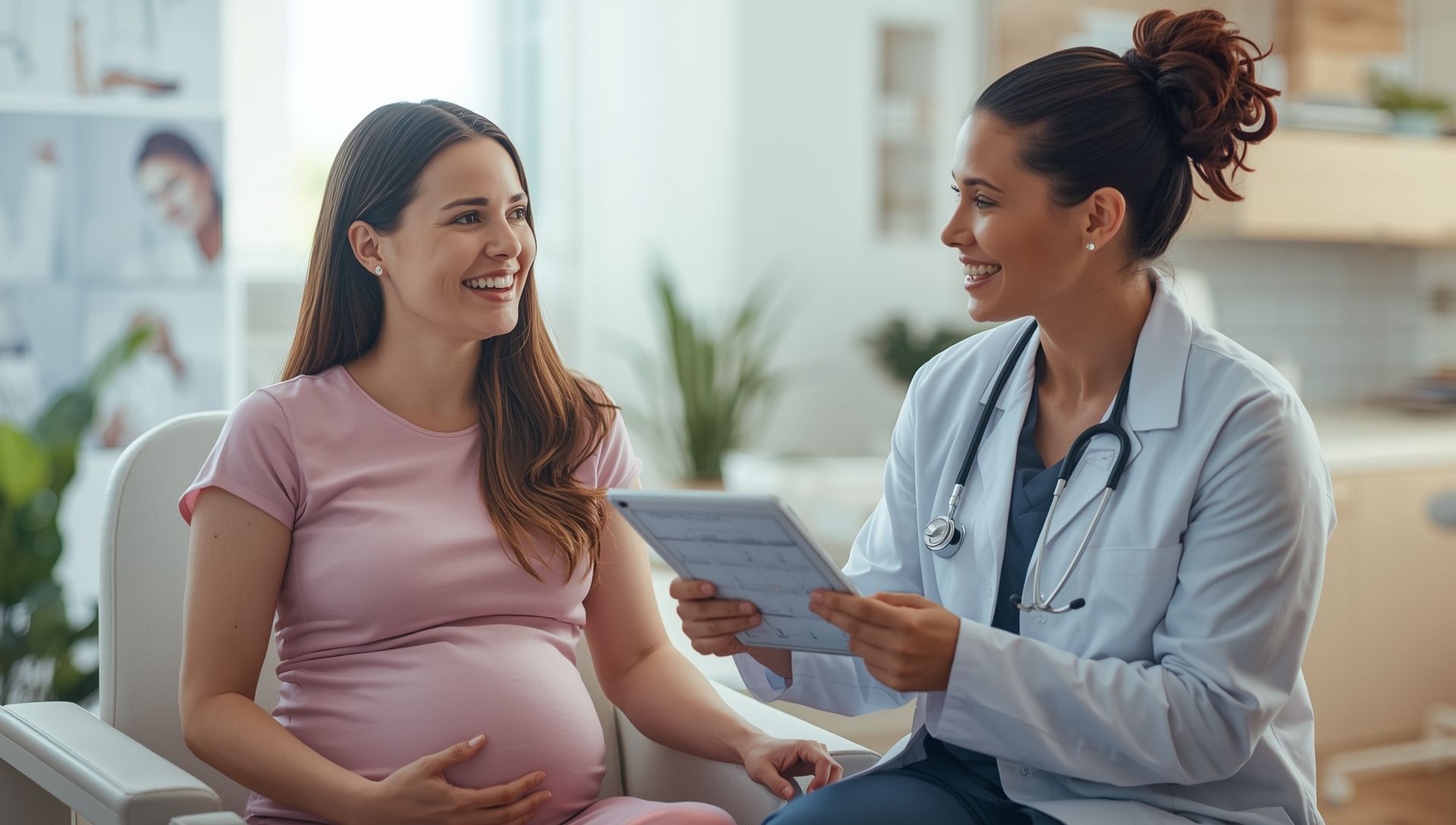What Are the First Signs of Endometriosis?
Endometriosis is a condition where tissue, similar to the lining inside the uterus, starts growing outside it. This can cause a lot of pain and other health problems.
The first signs of endometriosis often include severe menstrual cramps, pain during intercourse, and chronic pelvic pain. Some people might also experience fatigue, bloating, and digestive issues.
Early diagnosis and treatment are important to manage symptoms and improve quality of life. If you notice any of these signs, it's a good idea to see a doctor for evaluation.
In this blog post, we will discuss the first signs of endometriosis in more detail and provide information on how to manage the condition.
Understanding the Menstrual Cycle
To comprehend the early signs of endometriosis, it’s essential to understand the menstrual cycle. The menstrual cycle is a series of natural changes in hormone production and the structures of the uterus and ovaries.
It prepares the body for pregnancy each month. A typical cycle lasts 28 days, but it can vary from woman to woman.
- Hormonal Changes - Hormones like estrogen and progesterone control the menstrual cycle. They regulate the thickening of the uterine lining and its shedding during menstruation.
- Phases of the Cycle - The menstrual cycle comprises several phases, including the menstrual phase, follicular phase, ovulation, and luteal phase. Each phase involves specific hormonal and physical changes.
- Cycle Regularity - A regular menstrual cycle indicates hormonal balance, while irregularities can signal underlying health issues, including endometriosis.
Understanding these aspects of the menstrual cycle can help women identify when something is amiss, prompting them to seek medical advice.
Common First Signs of Endometriosis
Early symptoms of endometriosis can vary widely but generally include pain, irregular bleeding, and fertility issues. Recognizing these signs early is crucial for timely intervention.
Pain
Pain is one of the most common and debilitating symptoms of endometriosis. It often presents as:
- Severe Menstrual Cramps - Unlike typical menstrual cramps, the pain is usually more intense and may begin before and extend well into the menstrual period.
- Chronic Pelvic Pain - Persistent pain in the pelvic region that is not limited to menstrual periods.
- Pain During Intercourse - Pain during or after sex, affecting relationships and emotional well-being.
These pain symptoms are often mistaken for other conditions, making it important to note their severity and frequency.
Irregular Bleeding
Irregular menstrual bleeding is another early sign of endometriosis. This can manifest as:
- Heavy Menstrual Flow - Excessive bleeding that requires frequent changing of sanitary products.
- Spotting Between Periods - Light bleeding or spotting between regular menstrual periods.
- Prolonged Menstrual Periods - Menstrual periods that last longer than usual, causing additional discomfort and inconvenience.
These irregularities can disrupt daily life and indicate the need for medical evaluation.
Infertility
For many women, infertility may be the first sign that leads to the discovery of endometriosis. Issues include:
- Difficulty Conceiving - Struggling to become pregnant despite regular, unprotected intercourse.
- Repeated Miscarriages - Experiencing multiple miscarriages, which may suggest underlying endometriosis affecting the uterus or ovarian function.
Infertility can be particularly distressing, highlighting the importance of early diagnosis and appropriate treatment.
The Importance of Early Diagnosis
Early diagnosis of endometriosis is crucial for effective management and reducing long-term complications. Here’s how to approach it:
How to Talk to Your Doctor
Open communication with your healthcare provider is vital. Here’s how to start the conversation:
- Be Specific - Describe your symptoms in detail, including their severity, frequency, and impact on your daily life.
- Keep a Symptom Diary - Track your pain, bleeding patterns, and any other symptoms over a few months to provide your doctor with comprehensive information.
- Ask Questions - Don’t hesitate to ask your doctor about endometriosis, diagnostic tests, and potential treatment options.
These steps can facilitate a more accurate and timely diagnosis.
Diagnostic Tests
Several diagnostic tests can confirm endometriosis, including:
- Pelvic Exam - A physical examination to check for abnormalities.
- Ultrasound - Imaging tests to detect endometriosis cysts (endometriomas).
- Laparoscopy - A surgical procedure where a camera is inserted into the pelvic cavity to view and potentially treat endometriosis lesions.
Early diagnosis through these tests can lead to better treatment outcomes.
Coping and Treatment Options
Living with endometriosis can be challenging, but various coping mechanisms and treatment options are available.
Lifestyle Changes
Making specific lifestyle changes can help manage symptoms:
- Dietary Adjustments - Eating a balanced diet rich in anti-inflammatory foods can help reduce symptoms.
- Regular Exercise - Physical activity can alleviate pain and improve overall well-being.
- Stress Management - Techniques such as yoga, meditation, and deep breathing exercises can help manage chronic pain and stress.
These changes can significantly improve the quality of life for women with endometriosis.
Medical Treatments
Several medical treatments can help manage endometriosis symptoms:
- Pain Relief Medications - Over-the-counter pain relievers or prescription medications to manage pain.
- Hormonal Therapies - Birth control pills, GnRH agonists, and progestin therapy can help regulate hormones and reduce symptoms.
- Surgical Interventions - In severe cases, surgical procedures such as laparoscopy or hysterectomy may be necessary to remove endometrial tissue.
Consulting with a healthcare provider can help determine the best treatment plan based on individual symptoms and needs.
Support Systems
Building a support system is crucial for coping with endometriosis:
- Support Groups - Joining support groups, either in person or online, can provide emotional support and practical advice.
- Counseling - Professional counseling can help manage the emotional and psychological impact of living with a chronic condition.
- Family and Friends - Involving loved ones in your journey can provide additional emotional and practical support.
A strong support system can make a significant difference in managing endometriosis.
Empowering Women with Knowledge
Endometriosis is a challenging condition, but knowledge is power. Early detection and proactive management can significantly improve the quality of life for women affected by this condition.
By understanding the first signs of endometriosis, women can seek timely medical advice and appropriate treatment.
If you suspect you may have endometriosis, don’t hesitate to consult your healthcare provider.
Book an appointment today by calling 1-877-241-4004.










